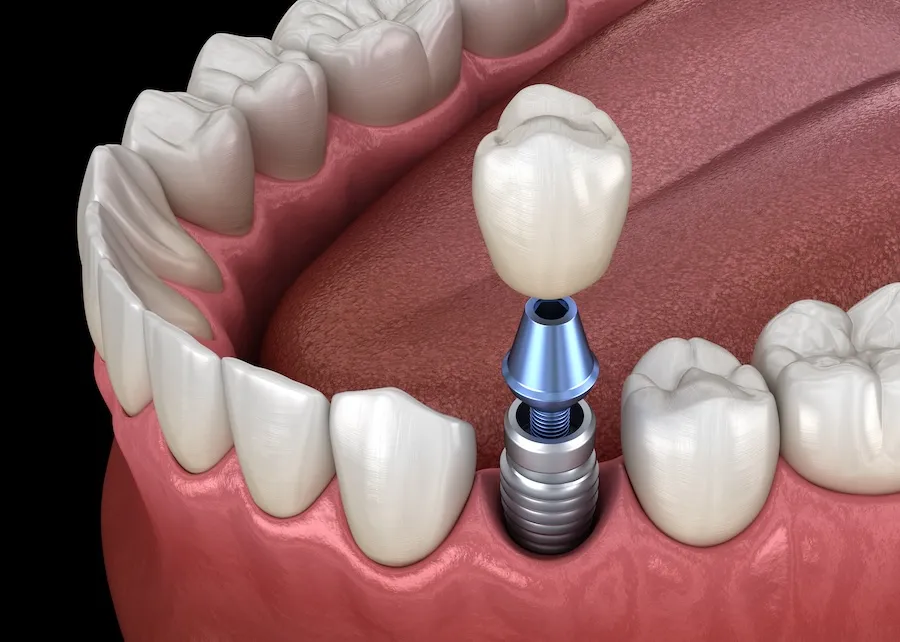Managing Glaucoma Symptoms Effectively
Glaucoma is an eye condition that progressively damages the optic nerve. Without proper management, it can lead to permanent vision loss. Here is more information about this condition, its causes, symptoms, and strategies for managing the condition effectively:
What Is Glaucoma?
Glaucoma is a group of eye diseases characterized by increased pressure within the eye, known as intraocular pressure, that can damage the optic nerve. It is one of the leading causes of blindness. This condition may progress without noticeable symptoms in its early stages, emphasizing the importance of regular eye exams.
There are three primary types of glaucoma. Open-angle glaucoma is the most common, with gradual pressure build-up in the eye. Angle-closure glaucoma occurs when the drainage angle in the eye becomes blocked suddenly, leading to rapid pressure increases. Normal-tension glaucoma occurs despite normal pressure levels within the eye and is linked to a decrease in blood flow to the optic nerve.
What Are the Causes and Symptoms?
Several factors contribute to the development of this condition. The most significant cause is the accumulation of fluid within the eye, which increases pressure and damages the optic nerve. Genetics and age can also play a role, as individuals with a family history of glaucoma or those over 60 years old are at greater risk. Other risk factors include thin corneas, severe nearsightedness, and certain medical conditions like diabetes or hypertension.
Symptoms of glaucoma vary depending on the type. Open-angle glaucoma is often asymptomatic in its early stages, and vision loss may not be noticeable until significant damage has occurred. Angle-closure glaucoma, on the other hand, can present with sudden symptoms such as severe eye pain, blurred vision, headaches, halos around lights, or nausea. Normal-tension glaucoma typically causes gradual loss of peripheral vision.
How Can You Manage Symptoms Effectively?
Effective symptom management focuses on reducing damage to the optic nerve and maintaining vision. Treatment plans may begin with medicated eye drops that help lower intraocular pressure. These medications may either reduce the production of fluid in the eye or improve its drainage.
Laser surgeries like selective laser trabeculoplasty or laser peripheral iridotomy may be recommended for more advanced cases. These procedures are designed to improve fluid drainage or create an opening for proper fluid flow. Surgical options such as trabeculectomy, iStent inject®, cyclophotocoagulation, and goniotomy may also be explored for long-term pressure reduction. Each of these treatments is tailored to the individual’s needs based on the severity of the condition and the type of glaucoma.
When Should You See a Specialist?
If you are at risk of developing glaucoma or notice changes in vision such as blurriness, difficulty adjusting to low light, or the appearance of halos, scheduling an appointment with an eye specialist is recommended. Early detection through routine eye exams is a key factor in minimizing damage and preserving vision. Individuals over the age of 40 or those with a family history of glaucoma should schedule regular screenings, even in the absence of symptoms. If you’ve been diagnosed with glaucoma, follow-up appointments with your eye care provider may help monitor the condition and adjust treatment plans.
Seek Guidance Now
Glaucoma management requires a proactive and informed approach to protect eye health and maintain vision. Understanding the types, causes, and treatments available can help individuals manage symptoms effectively. For personalized advice, consult a specialist who can provide a tailored treatment plan. Early action could make a difference in preserving your sight.











Post Comment